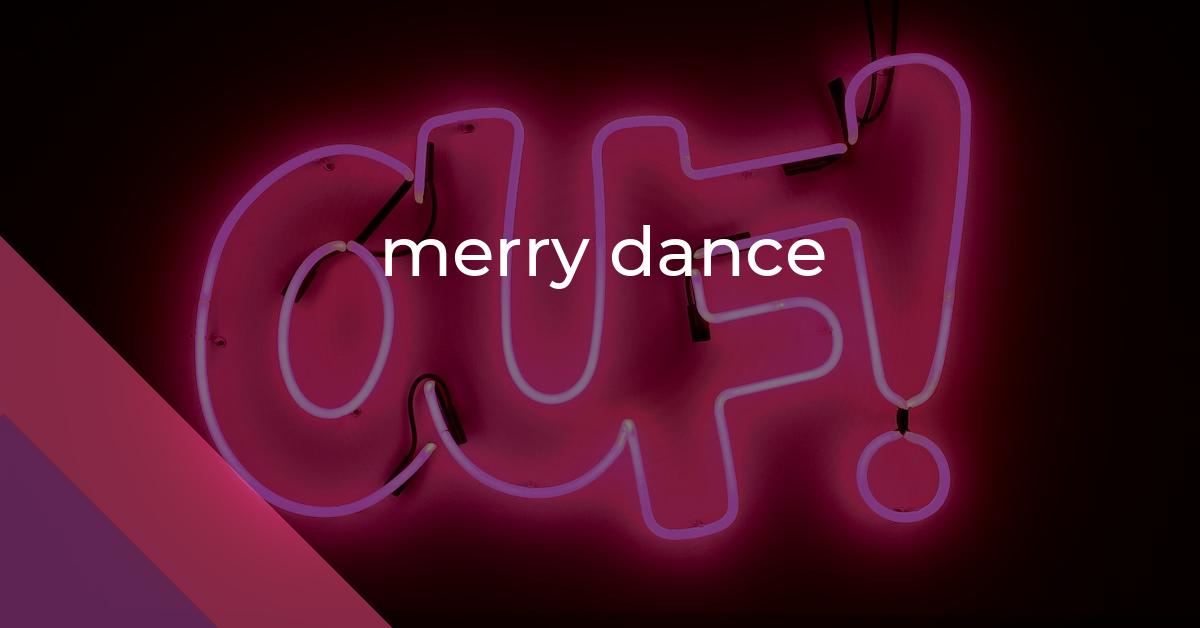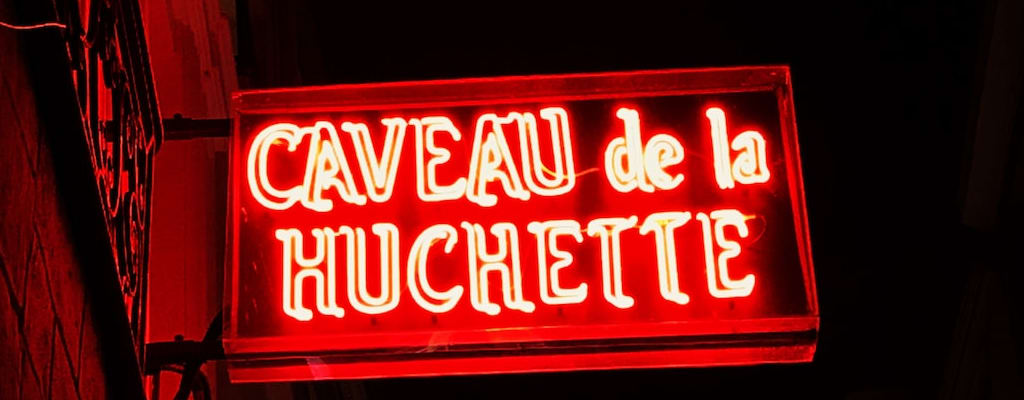merry dance: Idiom Meaning and Origin
What does ‘merry dance’ mean?
"Merry dance" is an idiom that means a series of complicated or confusing actions or events that can lead to frustration or amusement.

Idiom Explorer
An idiom meaning to be in a difficult or challenging situation that needs to be resolved or fixed. It implies being in a state of trouble or inconvenience.
The idiom "no joy" is used to express disappointment or bad news, indicating that there is no positive outcome or result in a given situation.
The idiom "mush up" means to mix or blend something together, often in a messy or haphazard way.
An idiom meaning a foolish or pointless activity.
The idiom "muddy up" means to make something unclear, confusing, or difficult to understand. It is often used when someone adds unnecessary or confusing information to a situation, making it harder to comprehend.
The idiom "muddle along" means to continue doing something, usually without a clear plan or direction, and to make progress slowly or with difficulty.
The idiom "monster mash" refers to a lively and chaotic event or gathering with a lot of energy and excitement.
The idiom "monkey business" refers to mischievous or dishonest behavior, often involving pranks or tricks. It is used to describe actions that are not serious or professional.
The idiom "mix up" means to confuse or interchange things or people, leading to a misunderstanding or disorder. It implies a lack of clarity or organization in a situation. It is often used to describe situations where things or people are mistakenly combined or misunderstood.
Unraveling the Dance's Significance
The idiom "merry dance" has a few variations, including "to lead someone a merry dance" and "to lead someone a merry old dance." It originated in Britain in the early 19th century and is also used in American English.
When we say "to lead someone a merry dance," it means to cause a lot of confusion, trouble, or frustration by leading them in a foolish or convoluted manner. This phrase describes a situation where the person being led is left feeling frustrated or bewildered. It can also be used to describe someone who is manipulating or deceiving another person for their own amusement or to achieve their own ends.
The word "merry" in this idiom doesn't mean joy or happiness; it's used in an archaic sense to mean "mischievous" or "playful," adding a nuance of confusion or chaos to the dance being mentioned. The term "dance" here is metaphorical and represents the actions or maneuvers carried out by the person leading.
People often use this idiom in informal settings, such as casual conversations or storytelling, to convey a sense of amusement or incredulity at the behavior being described. It can be used in various situations, like describing a difficult or frustrating task, recounting a harrowing experience, or criticizing someone's behavior.
The exact origin of the idiom is uncertain, but it appears to have evolved from the concept of a dance being a complex and intricate series of steps and movements. The addition of the word "merry" suggests a certain level of frivolity or amusement, implying that the person leading the dance is doing so in a manner that is lighthearted but ultimately bewildering.
Overall, the idiom "merry dance" captures the experience of being misled or manipulated, conveying a sense of confusion, frustration, or manipulation. It adds color and imagery to the English language, serving as a vivid expression to convey the feeling of being led astray or subjected to a convoluted set of actions.
Let's now explore how "merry dance" is related to other idioms.
The idiom "song and dance" is used to describe a long, elaborate explanation or excuse that is often given to avoid doing something or to deceive someone. It can also refer to an exaggerated or dramatized story that is not entirely truthful. This idiom shares a similar theme of deception or manipulation with "merry dance." In both cases, there is a sense of someone leading others in a confusing or misleading manner.
Another related idiom is "dance of the seven veils," which is a reference to a biblical story. It is often used metaphorically to describe a situation where someone slowly reveals or unfolds layers of a story or information, creating a sense of intrigue or suspense. This idiom involves a complex and intricate dance-like process of revealing information, similar to the convoluted steps and movements of a "merry dance."
The third related idiom is "dance on someone's grave," which is used to express joy or satisfaction at someone's misfortune or death. It implies a celebration or gleeful response to someone else's demise. While this idiom may not directly share the theme of confusion or manipulation with "merry dance," it does involve the concept of a dance symbolizing a particular emotion or action. In this case, the dance represents a triumphant or mocking response.
The idiom "merry dance" conveys a sense of confusion, frustration, or manipulation. It represents a situation where someone is led astray or subjected to a convoluted set of actions, leaving them feeling perplexed or bewildered. This idiom, along with related idioms like "song and dance," "dance of the seven veils," and "dance on someone's grave," adds richness and imagery to the English language, allowing us to express complex emotions and experiences in a concise and colorful manner.
Example usage
The manager led his team through a merry dance, assigning tasks and changing priorities multiple times in a single day.
During the negotiation process, the two parties engaged in a merry dance of offers and counteroffers.
The mischievous cat played a merry dance with its tail, swishing it back and forth to taunt the dog.
The idiom "merry dance" can be used in various contexts. In the examples provided, the phrase is used metaphorically to depict different situations:
In the first example, the idiom is used to describe a manager's actions towards their team. The manager constantly changes plans and priorities, causing confusion and disruption.
The second example portrays a negotiation process. The two parties engage in a back-and-forth exchange of offers and counteroffers, resembling a lively and unpredictable dance.
In the third example, the idiom is used in a literal sense to describe the playful behavior of a mischievous cat. The cat teases and taunts the dog by moving its tail in a lively and enticing manner.
Overall, the idiom "merry dance" can be used to convey the idea of a lively, unpredictable, or confusing situation, often involving movement or change.
More "Verb" idioms



